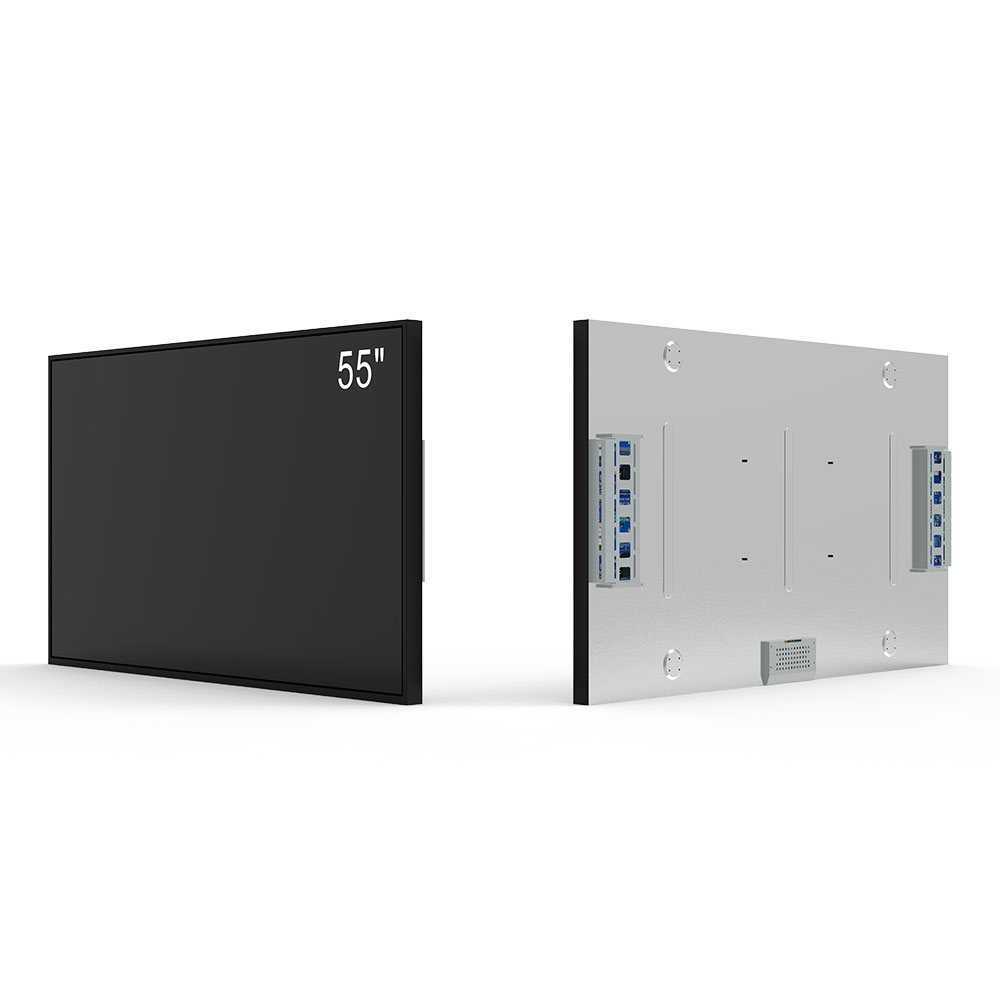- Home
- About Us
- Products
- News
- Video
- Contact
- Send Inquiry
Search
- Home
- About Us
- Products
- News
- Video
- Contact
- Send Inquiry

High-brightness, sunlight-readable LCD displays are critical components in modern outdoor digital signage and information systems across diverse industries. Designed to operate reliably under direct sunlight, these displays typically exceed 5,000 nits of brightness—far beyond the 250–300 nits of standard indoor displays—and utilize advanced technologies such as high-efficiency LED backlighting, anti-glare coatings, and optimized polarization filters to ensure readability in challenging lighting conditions. According to industry standards from the Society of Motion Picture and Television Engineers (SMPTE), outdoor displays must maintain contrast ratios above 100:1 even under peak solar irradiance (approximately 100,000 lux), which high-brightness LCDs consistently meet or exceed.
In transportation infrastructure—including railways, buses, subways, and intercity rail systems—these displays serve as passenger information systems (PIS), providing real-time updates on schedules, delays, platform changes, and safety alerts. For example, Japan’s Shinkansen trains use ultra-high-brightness panels with automatic ambient light sensing to dynamically adjust brightness, reducing power consumption while maintaining visibility. Similarly, London Underground employs outdoor-rated LCD screens at station entrances and platforms that withstand temperatures ranging from -20°C to +60°C, meeting IEC 60068 environmental testing standards.

EV charging kiosks and gas pumps benefit from sunlight-readable displays by enabling intuitive user interfaces even in bright daylight. A 2023 case study by ChargePoint revealed that installations using 7,000-nit LCD modules reduced customer confusion by 40% compared to standard displays, especially during peak hours when sunlight glare would otherwise obscure buttons and status indicators. These units often incorporate IP65-rated enclosures for dust and water resistance, ensuring long-term reliability in harsh environments.
In retail and real estate sectors, outdoor digital signage powered by high-brightness LCDs is transforming how brands engage consumers. Companies like McDonald’s and Nike deploy weather-resistant LCDs in drive-thru locations and storefronts, where visibility is essential for brand messaging. Real estate developers in Dubai and Singapore have adopted large-format, sunlight-readable screens for property marketing, achieving up to 60% higher engagement rates than traditional static billboards, according to a 2022 Nielsen report.
Moreover, the integration of smart features—such as remote content management via cloud platforms, touch interactivity, and IoT connectivity—further enhances the value of these displays. They support dynamic content scheduling, energy-efficient modes (e.g., adaptive brightness based on time-of-day sensors), and secure firmware updates. Leading manufacturers like LG Display, BOE Technology, and Innolux offer certified outdoor-grade panels compliant with UL 1973 and EN 60950-1 safety standards, making them suitable for global deployment.
As cities worldwide prioritize smart mobility, sustainable energy, and immersive retail experiences, high-brightness sunlight-readable LCDs stand out as indispensable tools for clear, reliable, and impactful communication in outdoor settings.